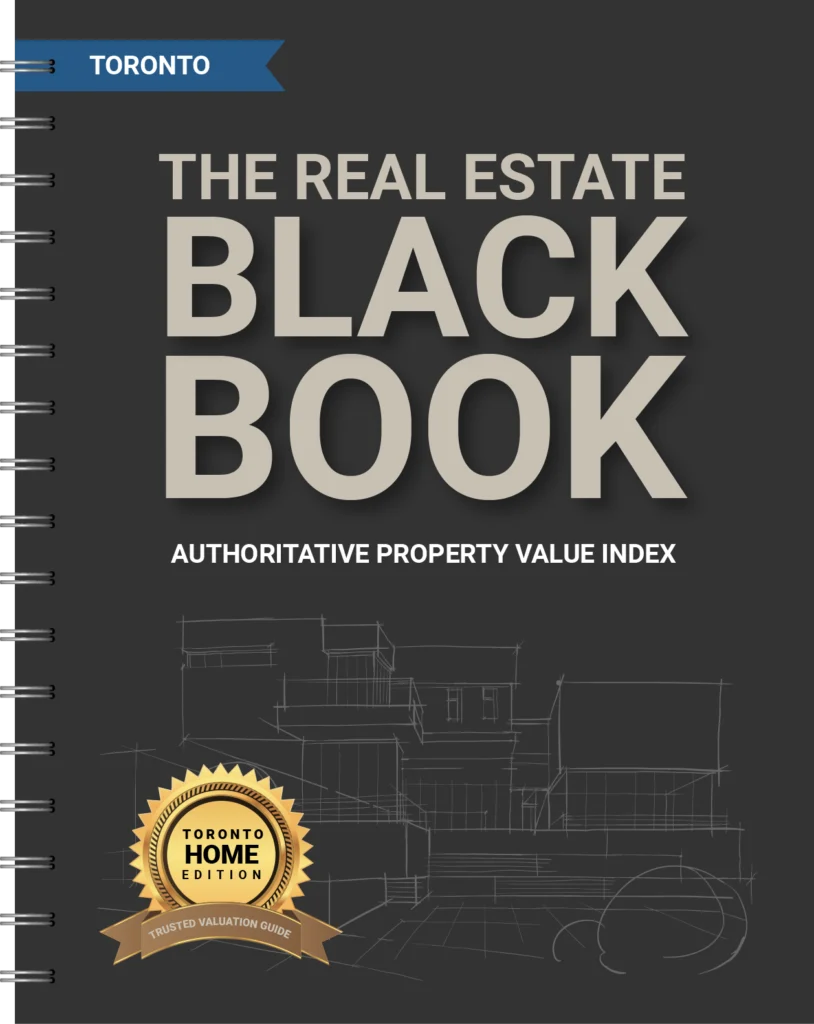Toronto is a prime destination for immigrants, which has played a pivotal role in shaping the real estate market over the years. The immigration impact on Toronto’s housing market is expected to be profound, influencing demand and shaping future growth. With Canada’s ambitious immigration targets set for the coming years, Toronto’s real estate market is expected to undergo significant transformations. This blog explores the immigration impact on the Toronto real estate market, focusing on factors such as housing demand, rental markets, and neighbourhood development, and what this means for buyers, sellers, and investors.
Immigration Impact on Toronto’s Growth
Toronto is the largest city in Canada and has consistently been a top choice for new immigrants, further demonstrating the immigration impact on the region. With the federal government’s plan to integrate 1.5 million new immigrants by 2025, a significant portion of these newcomers will likely settle in the Greater Toronto Area (GTA). This influx of people will have a profound immigration impact on Toronto’s population growth, which in turn will influence the real estate market.
Key Points
- Immigration has made Toronto a top destination for new residents, boosting population growth.
- The federal government plans to welcome 1.5 million new immigrants by 2025, further increasing demand for housing.
- Many newcomers are expected to settle in the GTA, impacting population growth and driving up housing demand.
This trend is expected to continue, creating both opportunities and challenges for Toronto’s real estate sector.
Immigration Impact on Housing Demand in Toronto
One of the most direct aspects of the immigration impact on Toronto’s real estate market is the increased housing demand. As more immigrants arrive, the demand for both rental properties and homes for sale will rise. This demand will be particularly strong in neighbourhoods that are already popular with immigrant communities, such as Scarborough, Brampton, and parts of North York.
Key Points
- The immigration impact will increase demand for both rental properties and homes for sale, particularly in certain areas.
- Strong demand is expected in areas popular with immigrant communities, such as Scarborough, Brampton, and North York.
- Many new immigrants begin by renting before transitioning to homeownership.
- The rental market is expected to experience higher occupancy rates and increased rental prices due to immigration.
In the coming years, this demand will drive growth in specific housing segments, particularly entry-level homes.
Impact on Housing Supply and Affordability
While immigration will undoubtedly increase housing demand, it also puts pressure on Toronto’s already limited housing supply. The city has been grappling with a shortage of housing inventory for years, particularly in the affordable segment.
Key Points
- The rise in immigration will have a significant immigration impact, adding further pressure to Toronto’s already limited housing supply.
- Toronto is facing a shortage of affordable housing inventory, which will be exacerbated by increased demand.
- City initiatives aim to increase housing supply through higher-density developments and easing zoning restrictions.
- The imbalance between supply and demand could lead to rising home prices and rental rates, making affordability a key concern.
Affordability will remain a key concern, making it crucial for policymakers and developers to keep up with the growing demand.
Immigration Impact on Growth of Suburban and Secondary Markets
As housing prices in Toronto proper continue to climb, many new immigrants may choose to settle in suburban areas or secondary markets within the GTA. Cities such as Brampton, Mississauga, Vaughan, and Markham are expected to see increased demand for housing.
Key Points
- High housing prices in Toronto will likely push immigrants towards more affordable suburban areas and secondary markets, demonstrating the immigration impact on housing distribution.
- Increased demand is anticipated in cities like Brampton, Mississauga, Vaughan, and Markham, where housing is relatively more affordable.
- Larger homes in suburban areas are especially attractive to immigrant families seeking more space.
- Developers are launching new housing projects in these suburban regions to cater to growing demand.
This shift will lead to more development in suburban areas and increased investment in local infrastructure and services.
Immigration Impact on Rental Market Dynamics
The rental market in Toronto is expected to see significant changes due to the immigration impact. Many newcomers initially rent properties before transitioning to homeownership, which means that demand for rental units is likely to remain strong.
Key Points
- Rental apartments and condos in well-connected neighbourhoods will see strong demand from new immigrants.
- Higher rental prices are expected, particularly in neighbourhoods popular among immigrants.
- Landlords and investors are likely to benefit from higher rental yields driven by increased demand.
- Rising rental costs may create challenges for low-income tenants, necessitating policy interventions.
These dynamics will require careful policy interventions to ensure sufficient affordable rental housing is available.
Development of Culturally Diverse Neighbourhoods
The immigration impact contributes to the cultural fabric of Toronto, leading to the development of vibrant and diverse neighbourhoods. Areas such as Kensington Market, Chinatown, Little India, and Greektown have all been shaped by waves of immigration.
Key Points
- Immigrants contribute culture, cuisine, and businesses, enriching the diversity of Toronto’s neighbourhoods.
- Suburban areas are expected to continue developing into culturally diverse communities as new immigrants settle there.
- This cultural diversity enhances the quality of life and makes neighbourhoods more attractive for both residents and newcomers.
The continued arrival of immigrants will shape both existing and new neighbourhoods, making them dynamic places to live.
Opportunities for Investors
The immigration impact in Toronto presents significant opportunities for real estate investors. The demand for rental properties, entry-level housing, and suburban homes will create opportunities for investors to capitalize on the growing need for housing.
Key Points
- The demand for rental properties, entry-level homes, and suburban housing will increase, creating opportunities for investors.
- Investors focusing on areas with good transit access and amenities are likely to find attractive opportunities.
- New projects in suburban regions present opportunities for property appreciation as demand continues to grow.
Investors who understand these trends will be well-positioned to benefit from Toronto’s growing housing needs.
Challenges and Considerations
While the immigration impact on Toronto’s real estate market presents numerous opportunities, there are also challenges that need to be addressed. Housing affordability remains a significant concern, particularly for new immigrants who may face financial constraints upon arrival.
Key Points
- Housing affordability remains a significant concern, especially for new immigrants.
- Policymakers must address challenges related to housing supply and affordability to accommodate increasing demand.
- Investment in affordable housing projects and supporting infrastructure is essential for long-term sustainability.
Addressing these challenges will ensure that Toronto remains an accessible place for all residents.
Conclusion: A Dynamic Future for Toronto Real Estate
The immigration impact will play a critical role in shaping the future of Toronto’s real estate market over the next few years. The influx of new residents will drive demand for housing, boost the rental market, and contribute to the growth of culturally diverse neighbourhoods. However, this growth will also present challenges, particularly in terms of housing supply and affordability.
Key Points Summary
- The immigration impact in Toronto will continue to drive housing demand and shape culturally diverse neighbourhoods across the city.
- Challenges related to housing supply and affordability must be addressed to ensure equitable access to housing.
- Buyers, sellers, and investors need to understand the immigration impact in Toronto to make informed decisions about the real estate market.
As Toronto continues to grow and evolve, immigration will remain a driving force behind the city’s real estate market.



